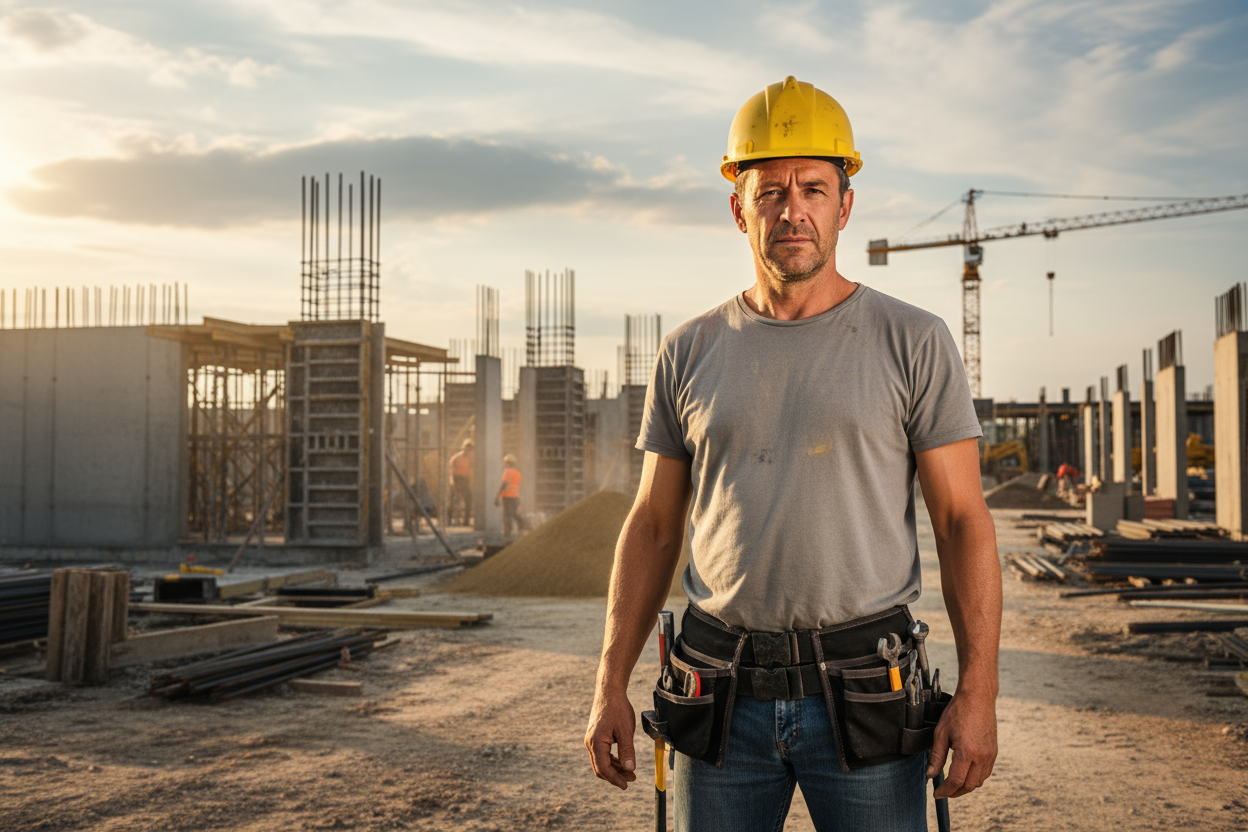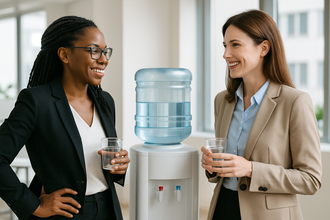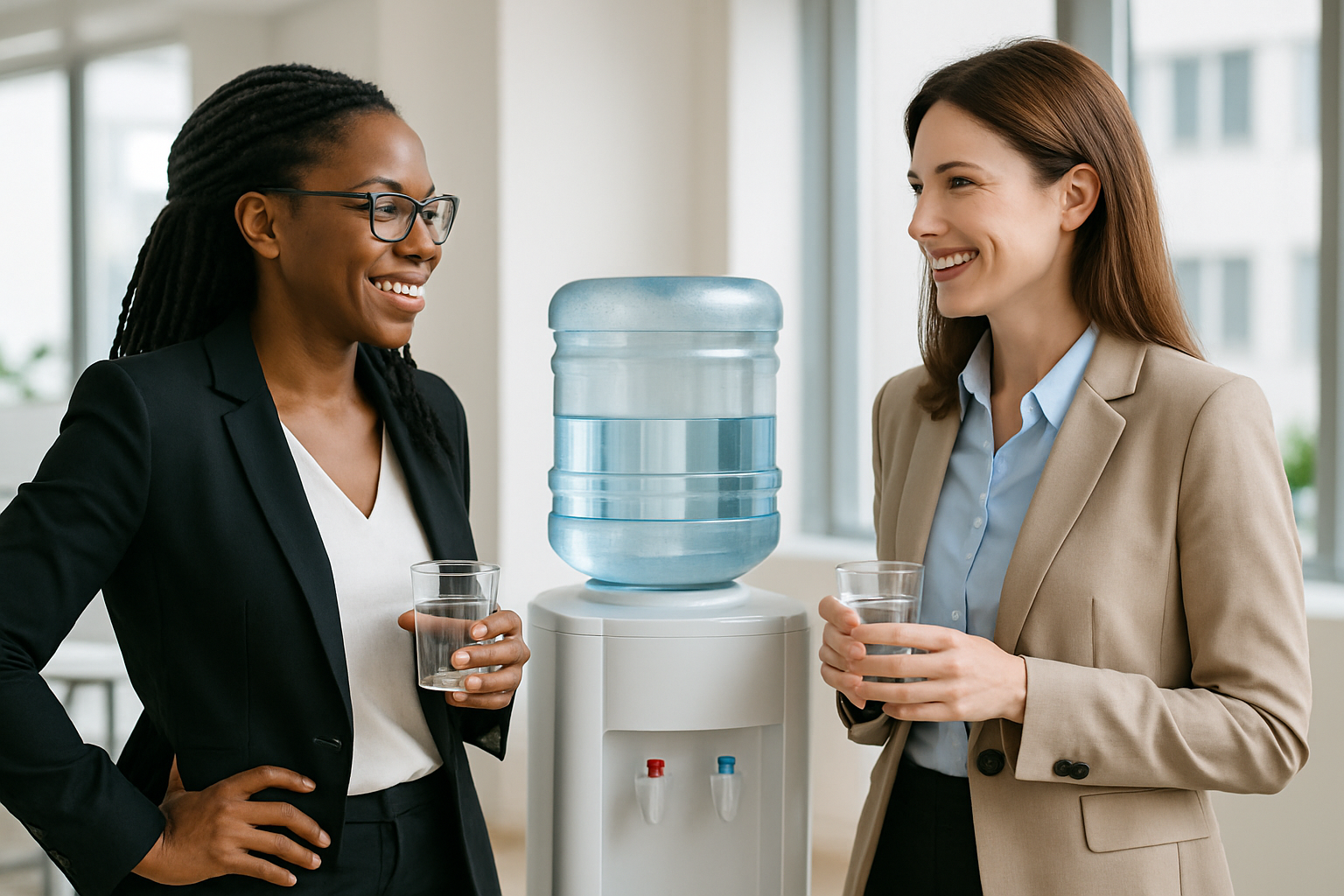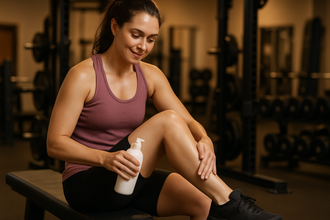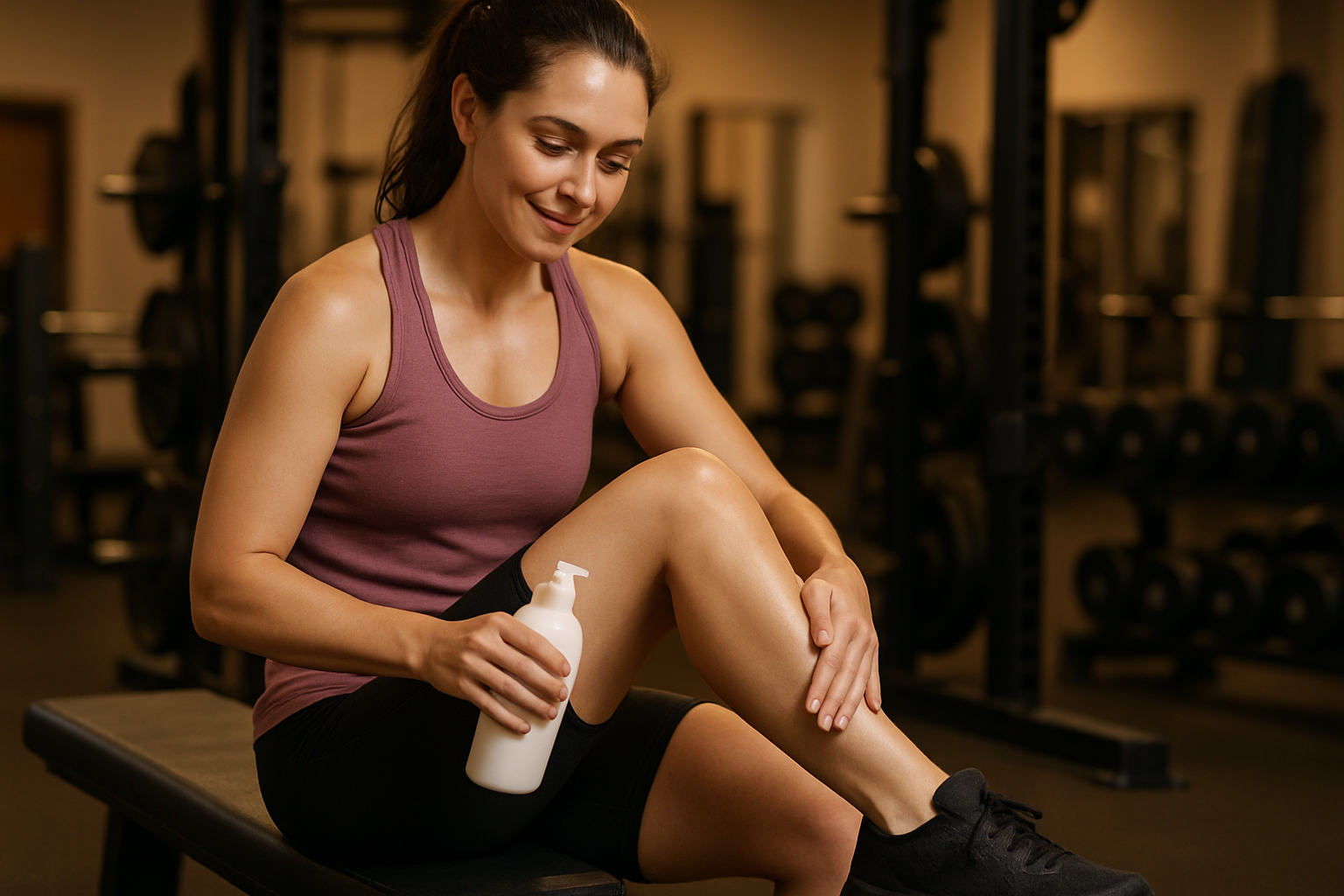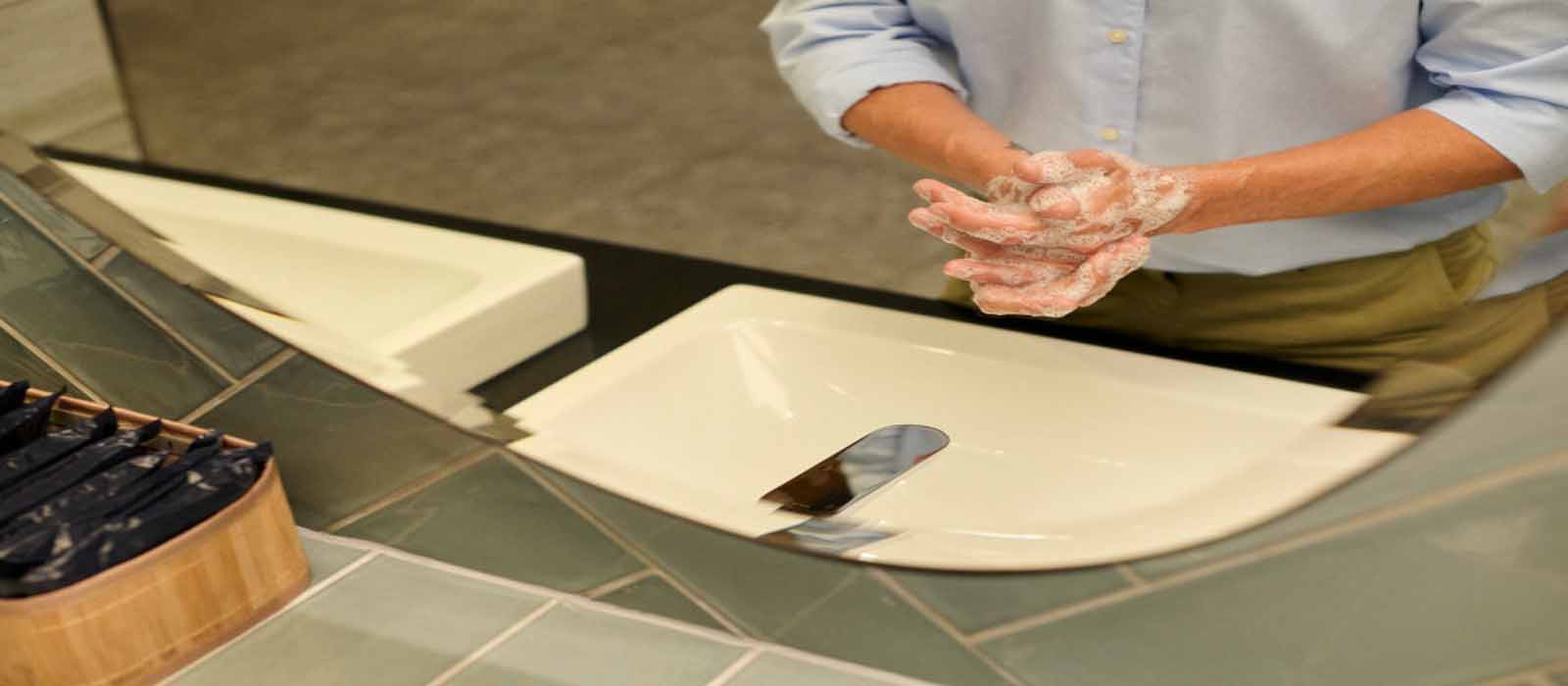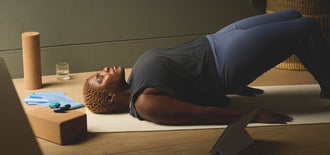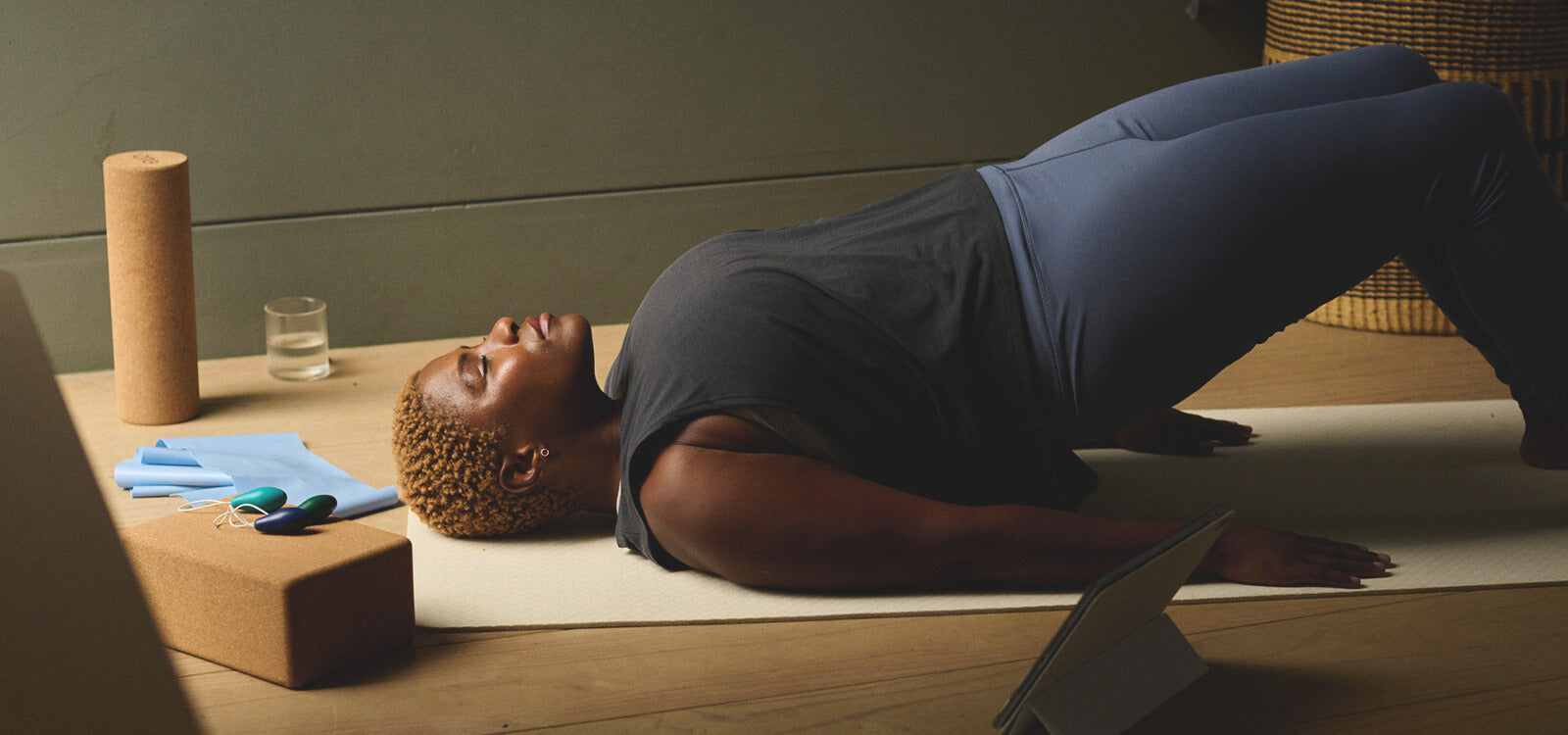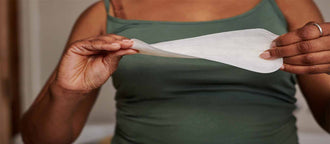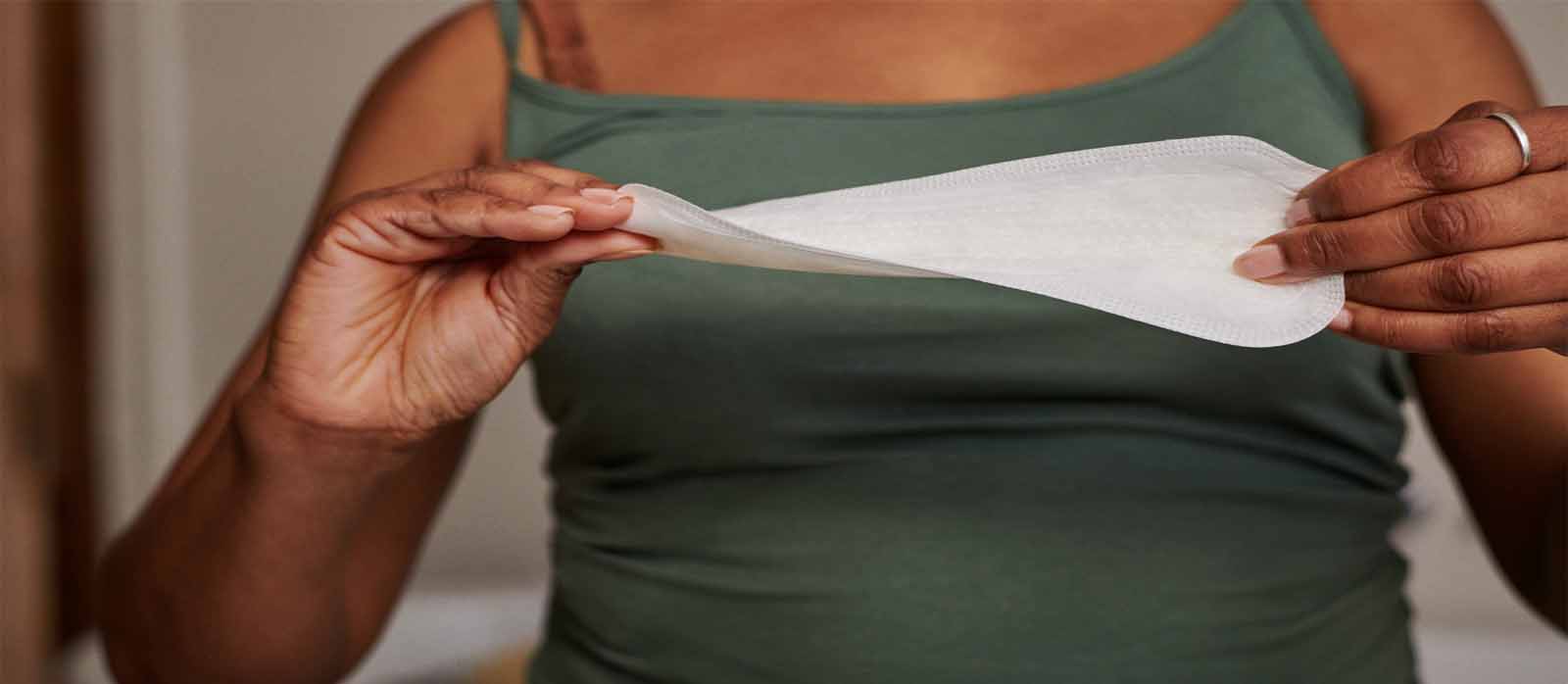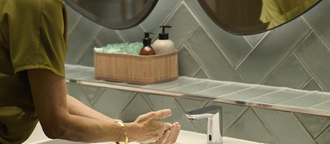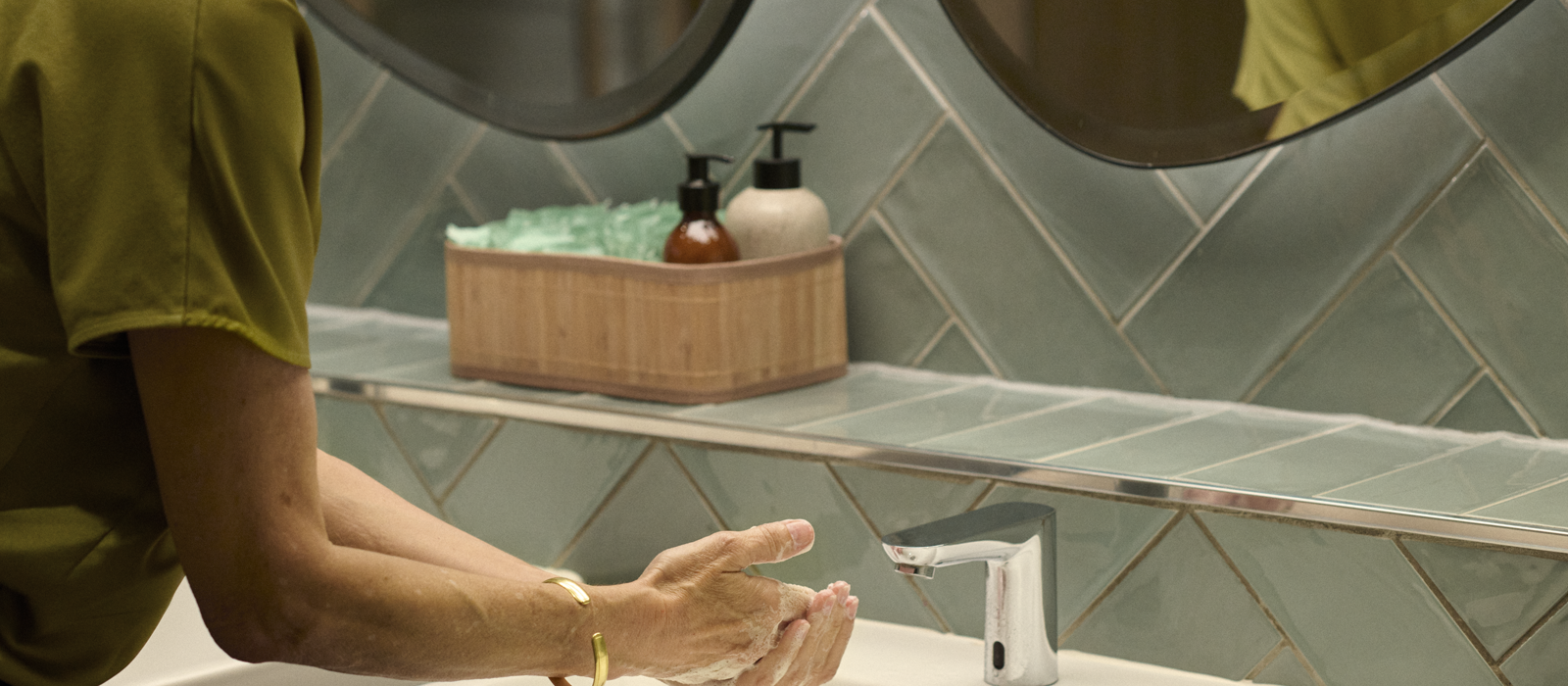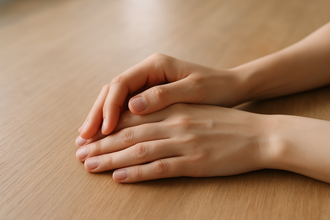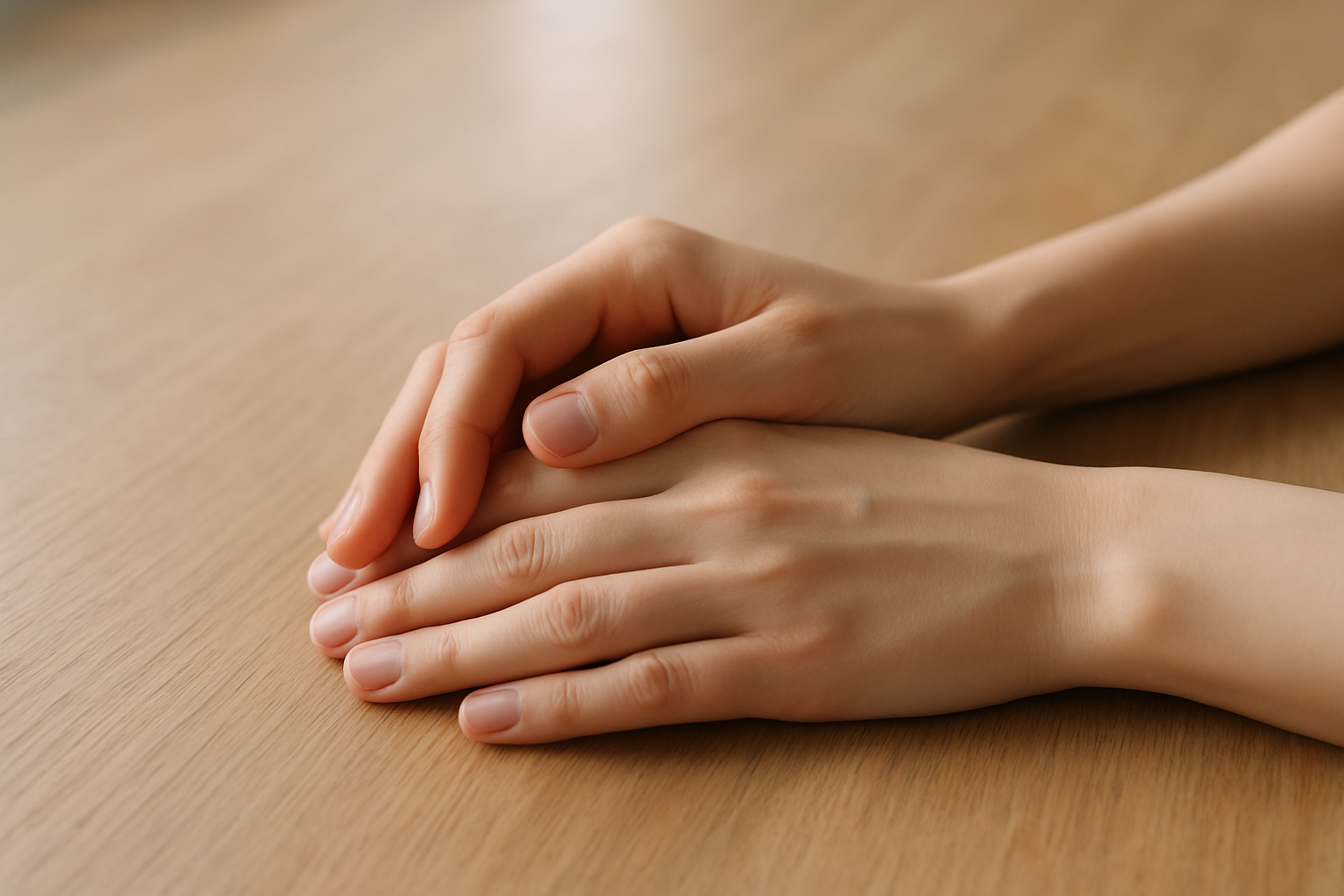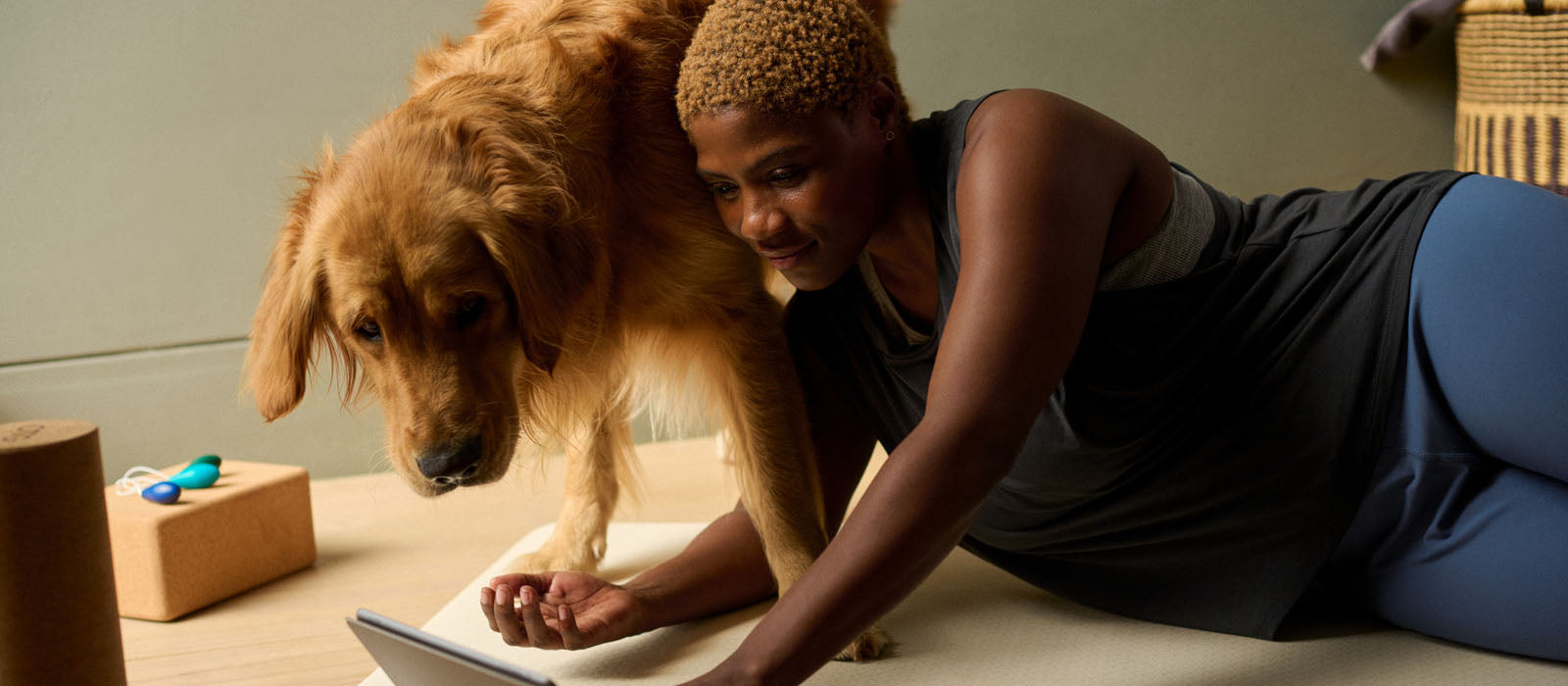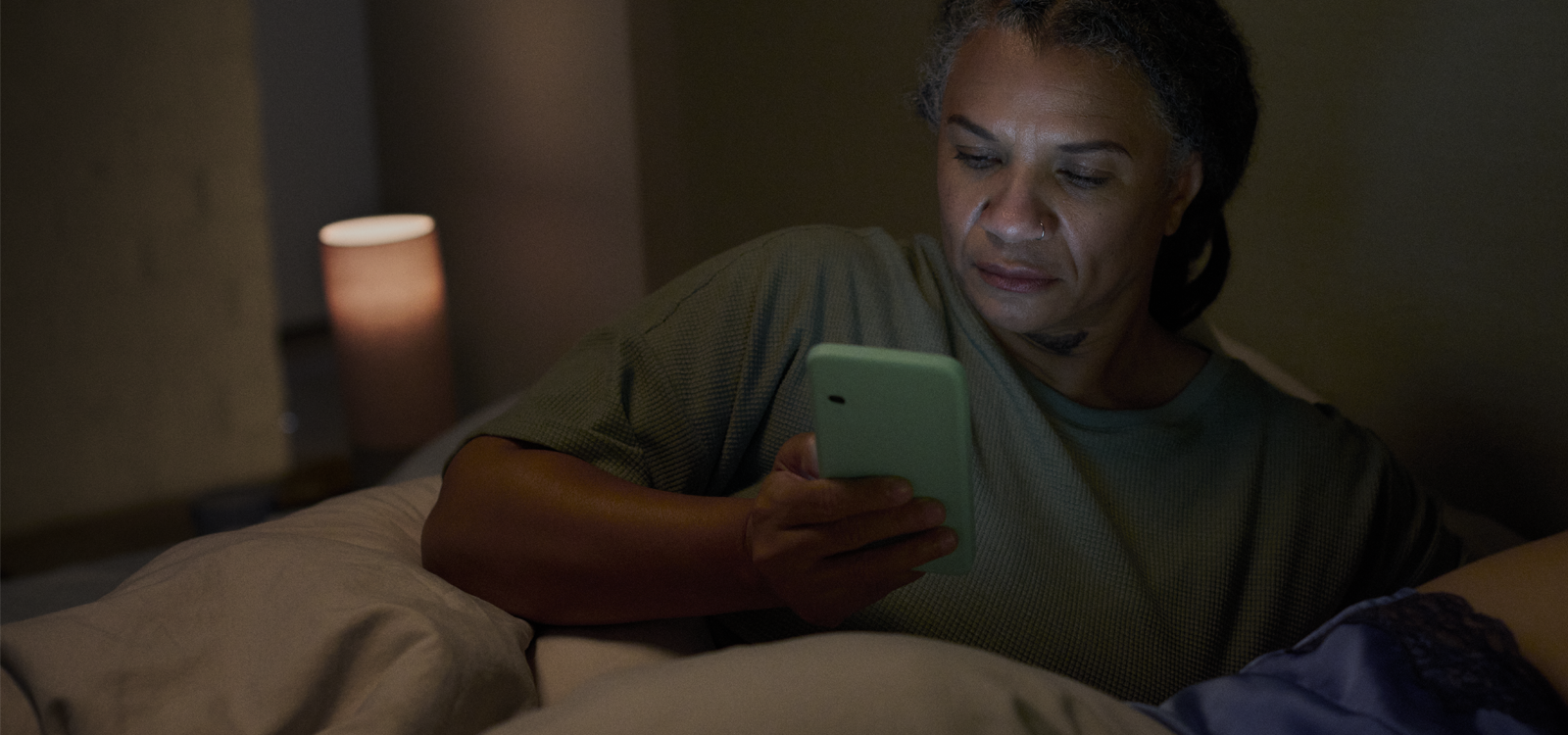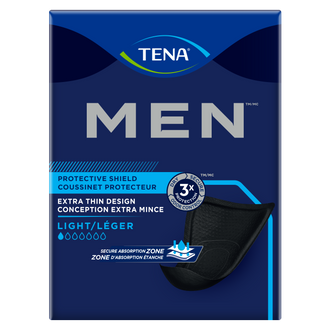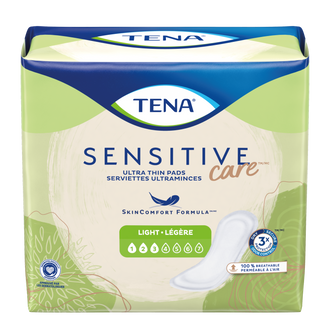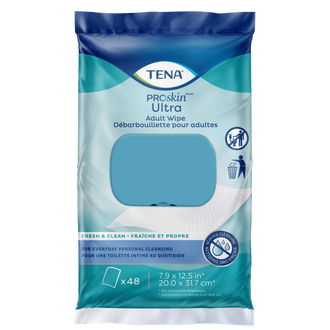May 07, 2025
Functional incontinence describes a situation where one really has to go but can’t get to a bathroom in time. For some it happens regularly—not because of a bladder issue, but because something else is standing in the way.
Let’s define functional incontinence and find out how it’s different from other types of incontinence.
What is Functional Urinary Incontinence?
Functional incontinence is when the bladder is working properly, but factors like physical, cognitive, or environmental barriers lead to urine leaks before one can get to the bathroom.1 In other words, your body knows when it needs to go, but something is preventing you from getting there fast enough.
Functional incontinence examples would include an older adult with severe arthritis who might struggle to move quickly, or a person with dementia who may not realize they need to use the bathroom at all.1 Even something as simple as a cluttered or hard-to-reach restroom can be an obstacle.
Learn more about incontinence types here.
Who is Most Affected by Functional Incontinence?
Functional incontinence can affect anyone. With over 30 million people in the U.S. affected by some type of urinary incontinence, certain groups are at a much higher risk of functional incontinence: adults over 65, those with mobility challenges, individuals with neurological conditions, and people in long-term care.1
For those affected, the impact goes beyond just inconvenience—it can feel frustrating, embarrassing, and isolating. Urinary leaks and losing control over something as basic as using the bathroom can take a toll on confidence and independence.
Causes of Functional Incontinence
Functional incontinence isn’t about a weak bladder—it’s about barriers that prevent someone from reaching the bathroom in time. Let’s take a closer look at what can get in the way:
Neurological Conditions and Incontinence
Certain conditions that impact how your brain processes thoughts, like dementia or delirium can act as a possible cause of functional incontinence. Similarly, conditions that affect your nerves, spinal cord and brain, like Parkinson’s disease can make it difficult to recognize the need to go or react quickly enough when the urge strikes.1
For example, someone with Alzheimer’s might forget where the bathroom is, while a stroke survivor may struggle to move fast enough. These challenges make accidents more likely, even when the bladder itself is functioning just fine.
Physical Barriers to Toileting
Sometimes, the problem isn’t the brain, it’s the body. Conditions like arthritis, muscle weakness, or post-surgery recovery can make getting to the toilet (or even just standing up) a slow, painful process. By the time someone reaches the bathroom, it might already be too late.
The right mobility aids—like walkers, grab bars, and raised toilet seats—might make a big difference in reducing these struggles and helping people stay independent.
Environmental Factors and Incontinence
A tricky bathroom setup can turn a simple trip into an obstacle course. Poor lighting, cluttered spaces, stairs, or a toilet that’s just too far away can all make things harder than they need to be.
Middle of the night bathroom visits can be hindered by darkness or furniture obstacles. Or, picture an elderly person with a walker trying to navigate a narrow, crowded space—getting there in time isn’t so easy.
Simple changes like installing grab bars, improving lighting, or making sure pathways are clear can make a big difference.
Learn more about medical conditions that contribute to incontinence
What Are the Signs of Functional Incontinence?
Functional incontinence isn’t about a weak bladder—it’s about the struggle to get to the bathroom in time. But how do you know if this is what’s happening? Some signs to watch for include:
- Regular urine leaks or dribbling pee (urine)
- Involuntarily fully emptying your bladder
- Inability to hold your pee long enough to get to a bathroom
- The smell of pee on clothes or around the house
If you or someone you care for is experiencing these challenges, it’s a good idea to talk to a doctor. They can help pinpoint what’s making bathroom trips difficult and suggest ways to make life easier.
Functional Incontinence Treatments and Strategies
Navigating functional incontinence is all about removing the barriers that get in the way and addressing the cause. A few adjustments, like better bathroom access and a solid routine, can help with regaining control and confidence. Start looking at:
Food and Drink Habits
What you eat and drink can affect bladder control. Certain foods and drinks can irritate the bladder or make urgency worse. Here are a few tips 2:
- Cut back on bladder irritants. Caffeine, alcohol, and acidic foods can aggravate the situation. Reducing these may ease the problem.
- Stick to a bathroom schedule. Going at regular times with bladder training can help prevent last-minute dashes.
Check out more bladder-friendly diet tips here.
Treatment and Lifestyle Changes
A few simple adjustments can make a huge difference in managing functional incontinence:
- Use adaptive clothing. Easy-to-remove clothing can help speed up bathroom trips.
- Try bladder training. Bladder training is a technique that involves gradually increasing the time between bathroom visits to improve bladder control and reduce urgency.
- Pelvic floor exercises. Exercises like Kegels that involve tightening and releasing the muscles that support the bladder and pelvic organs, are mainly effective for stress and urge incontinence, but they can sometimes help with functional incontinence too.
- Medical support. Physical therapy or certain medications may be helpful—talk to a doctor to explore options.
- Improve bathroom accessibility. Installing handrails, improving lighting, and keeping pathways clear can prevent delays.
Functional incontinence can feel frustrating, but the good news is that it’s manageable. Small changes—like making the bathroom easier to reach, using mobility aids, and sticking to a routine—can make a world of difference.
If this is becoming a daily struggle, don’t wait to ask for help. A doctor or healthcare professional can offer support and provide solutions so that bathroom trips feel less stressful and more manageable.
FAQs
What’s the difference between functional incontinence and other types of incontinence?
Unlike other types of incontinence, functional incontinence isn’t caused by bladder issues—it happens when something gets in the way of getting to the toilet in time. Maybe arthritis makes it painful to move quickly, or a memory issue causes someone to forget where the bathroom is.
Here’s how it compares to other types 3:
- Stress incontinence. Leaks happen when you cough, sneeze, or laugh. Read more here.
- Urge incontinence. That “gotta go NOW” feeling that sometimes comes out of nowhere.
- Overflow incontinence. When the bladder doesn’t empty fully, leading to frequent leaks.
- Mixed incontinence. A combo of two or more types, like stress and urge incontinence.
If the bladder itself works fine but something else is getting in the way—like mobility struggles or environmental barriers—that’s functional incontinence. Learn more about different types here.
Can functional incontinence be cured?
Functional incontinence is usually managed rather than cured, since it’s caused by things like mobility issues or cognitive challenges. But that doesn’t mean there aren’t solutions. A few key changes can make a big difference1:
- Physical therapy. Can improve mobility and reduce delays in getting to the bathroom.
- Cognitive support. Memory aids and reminders through bladder training help those with cognitive conditions.
- Bathroom accessibility. Grab bars, open doors, extra lights, and clear pathways make things easier.
By focusing on these factors, many people see significant improvements—and most importantly, they gain more independence and confidence.
How can caregivers help manage functional incontinence?
If you’re caring for someone with functional incontinence, you know how frustrating it can be—for both of you. The good news? A few simple adjustments can make a huge impact:
- Make the bathroom easy to access. Install grab bars, remove clutter, and improve lighting.
- Set up a bathroom routine. Regular trips can help prevent accidents.
- Use mobility aids. Walkers and bedside commodes can reduce the time it takes to get to the toilet.
- Encourage good hydration and diet. Familiarize yourself with foods and drinks that can irritate the bladder.
- Offer emotional support. Incontinence can be embarrassing, so reassurance is key.
And don’t forget about incontinence products—they can help both the person experiencing leaks and help you, their caregivers, feel more prepared.
What products are available for managing functional incontinence?
The right products can take a lot of stress out of managing functional incontinence. TENA offers a variety of options designed to provide comfort, confidence, and protection:
- Absorbent pads and protective underwear. Discreet, everyday protection that moves with you. Explore women’s products. | Explore men’s products.
- Bedside commodes and portable urinals. Helpful for those who struggle with mobility.
- Waterproof bedding. A great way to prevent nighttime leaks from becoming a bigger problem.
- Caregiver-friendly products. Designed to make incontinence care easier. Check them out here.
References
1. Cleveland Clinic. ‘Functional Incontinence’. 2023. Available from: https://my.clevelandclinic.org/health/diseases/24858-functional-incontinence
2. Mayo Clinic. ‘Urinary Incontinence Diagnosis and Treatment’. 2023. Available from: https://www.mayoclinic.org/diseases-conditions/urinary-incontinence/diagnosis-treatment/drc-20352814
3. Mayo Clinic. ‘Urinary Incontinence Symptoms and Causes’. 2023. Available from: https://www.mayoclinic.org/diseases-conditions/urinary-incontinence/symptoms-causes/syc-20352808














